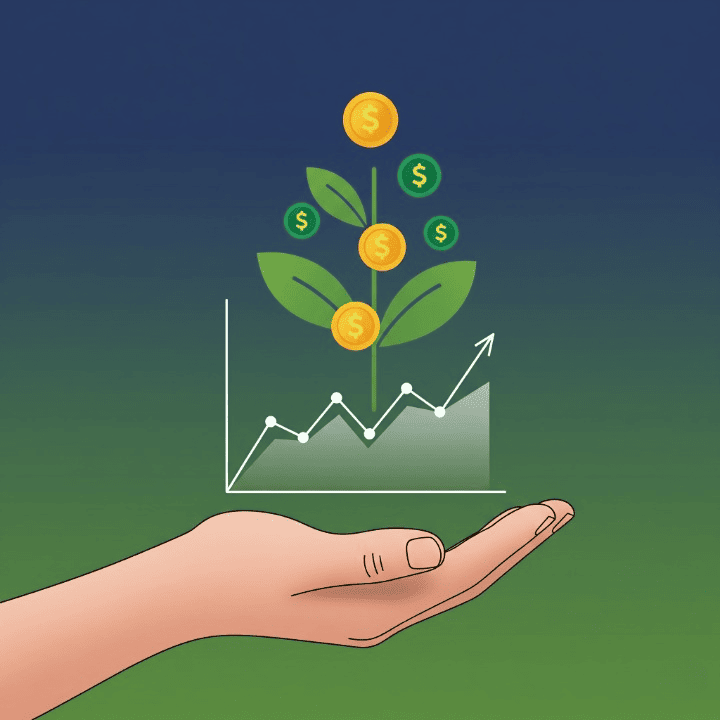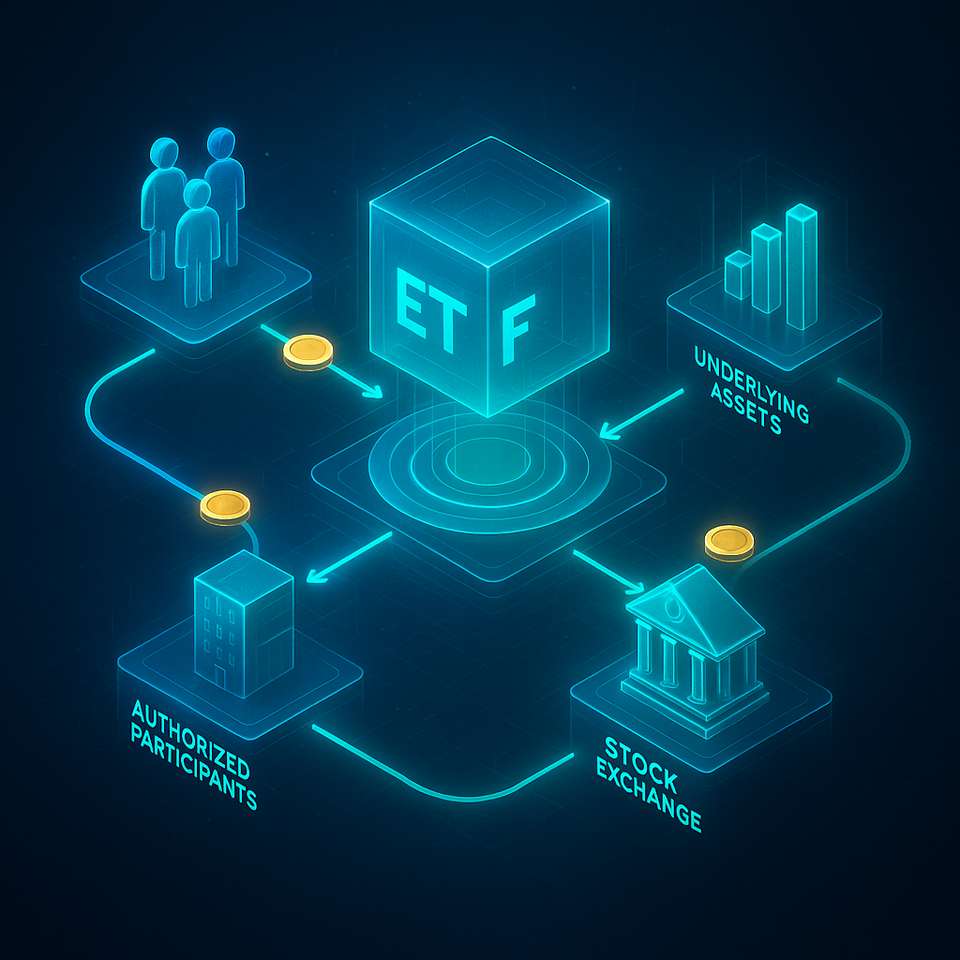
Introduction
For many people, the goal of investing is to buy low and sell high, generating a profit from the appreciation of an asset’s price. While this is a powerful strategy, it’s not the only way to make money in the market. An alternative, and for many a more appealing approach, is dividend investing. This strategy focuses on buying shares of companies that pay out a portion of their profits to shareholders on a regular basis. Dividend investing is a cornerstone of long-term financial planning and a fantastic way to generate a reliable stream of passive income. It’s an essential part of building a resilient portfolio, especially for those in or nearing retirement. This comprehensive guide will demystify dividend investing, explain its core principles, highlight the benefits and risks, and provide actionable steps to help you start building a portfolio that pays you.
What is a Dividend?
A dividend is a distribution of a company’s earnings to its shareholders. When a company is profitable, its board of directors may choose to reinvest those profits back into the business or distribute some of them to investors. These payments are typically made on a quarterly basis, though some companies pay monthly or annually. When you own a share of a stock that pays a dividend, you receive a portion of that company’s profits simply for being an owner. This is an incredible benefit of stock ownership.
The Dividend Yield
The dividend yield is a key metric for dividend investors. It represents the annual dividend payment as a percentage of the stock’s current price. For example, if a stock trades at $100 per share and pays an annual dividend of $3, its dividend yield is 3%. A high dividend yield can be attractive, but it’s crucial to understand why it is high. It might be a sign of a struggling company whose stock price has fallen, making the yield seem higher than it is.
Why Should You Consider Dividend Investing?
Dividend investing offers several powerful benefits that make it a cornerstone of a well-rounded investing strategy.
1. Passive Income
The most obvious benefit is the steady stream of income. These payments can be used to supplement your income in retirement, cover monthly expenses, or simply fund a more comfortable lifestyle. Unlike selling assets for a profit, dividend payments don’t require you to sell off a part of your portfolio, allowing your core investments to continue growing.
2. Compounding Power
This is where dividend investing becomes truly powerful. Many investors choose to automatically reinvest their dividends to buy more shares of the same stock. This process, called dividend reinvestment, allows you to acquire more shares over time without having to invest new capital. As you accumulate more shares, you receive even more dividends, which in turn buy even more shares. This compounding effect can accelerate your wealth accumulation at an incredible rate, especially over a long period.
3. Stability and Resilience
Companies that consistently pay dividends are often mature, stable, and financially healthy. They have a proven track record of profitability and a strong balance sheet. These types of companies tend to be less volatile during market downturns. The dividend provides a cushion against price volatility, offering a return on your investment even if the stock price is stagnant or declining in the short term.
4. A Hedge Against Inflation
Dividends from strong companies often grow over time. This is a crucial benefit because it helps your income keep pace with or even outgrow inflation. While a bond’s interest payment remains fixed, a growing dividend stream can provide a rising income for decades, which is an essential part of a long-term financial planning strategy.
Potential Risks and Drawbacks
While dividend investing is a powerful strategy, it’s not without its risks.
1. The Risk of a Dividend Cut
A company can cut its dividend at any time, especially if its profits decline. This can cause the stock price to fall and can disrupt your income stream. It is important to look for companies with a long history of paying and increasing dividends.
2. Slower Growth
Companies that pay dividends are often mature and have slower growth potential compared to younger, growth-oriented companies that reinvest all their profits back into the business. If you are a young investor with a long time horizon, you might choose to focus more on growth stocks.
3. Yield Trap
A high dividend yield can be a red flag. A company’s yield might become abnormally high if its stock price plummets due to financial trouble. This is known as a “yield trap.” It can lure in unsuspecting investors who are then hit with a dividend cut and a further decline in the stock price. You should always research the company’s fundamentals before buying a stock with an unusually high yield.
How to Get Started with Dividend Investing
Building a dividend portfolio is a straightforward process that anyone can begin.
Step 1: Open a Brokerage Account
You need an investment account to buy stocks. Choose a reputable brokerage firm with low or no commissions on stock trades.
Step 2: Research and Screen for Stocks
Don’t buy a stock just because it pays a dividend. Look for companies with a track record of:
- Consistent Earnings: A company must be consistently profitable to sustain its dividend payments.
- A Strong Balance Sheet: Look for companies with low debt.
- A History of Increasing Dividends: Look for companies that have a long history of not only paying but also increasing their dividends over time. This is a sign of a strong, healthy business.
Step 3: Diversify Your Portfolio
Don’t put all your money into a single stock. Build a diversified portfolio of dividend-paying stocks across different sectors. This helps reduce the risk of a single company’s troubles wiping out your portfolio.
Step 4: Automate Your Investments
Most brokerage firms allow you to enroll in a dividend reinvestment plan (DRIP). This will automatically use your dividend payments to buy more shares. This is the easiest and most effective way to harness the power of compounding.
Conclusion
Dividend investing is a powerful and time-tested strategy for building wealth and generating a reliable stream of passive income. It offers the unique benefits of compounding, stability, and a hedge against inflation, making it an ideal approach for long-term investors and a crucial part of any sound financial planning strategy. While it’s important to be aware of the risks, such as dividend cuts and yield traps, a disciplined approach focused on strong, fundamentally sound companies can lead to incredible success. By building a portfolio that pays you, you can take a significant step toward achieving true financial freedom.



